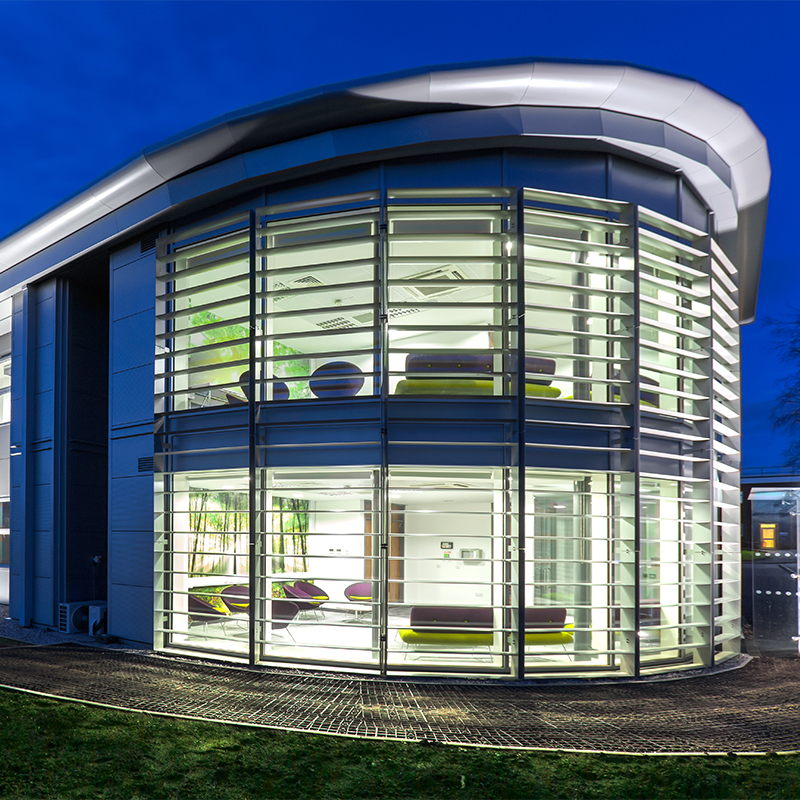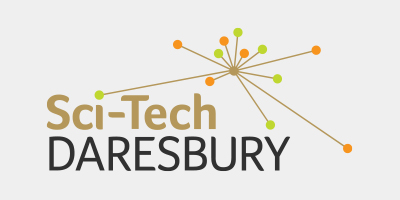July 13, 2016
STFC Launches the Campus Technology Hub – a New Capability for UK Business
Businesses in the North West are being helped to develop new products faster and more cheaply.

Businesses in the North West are being helped to develop new products faster and more cheaply.
The advanced engineering technology centre was officially opened today at the Science and Technology Facility’s Council’s (STFC) Daresbury Laboratory in Cheshire.
It will provide UK businesses of all sizes, including small start-ups, with affordable access to more than £2 million of advanced engineering technology, including advanced 3D printing and rapid prototype assistance.
Professor Susan Smith, Head of STFC’s Daresbury Laboratory, said:
“The new Campus Technology Hub has one purpose to provide companies with affordable access to the best skills and facilities in engineering R&D so that they can solve their technology challenges to better compete on a national and international level. We can help entrepreneurs, small and medium companies, and more established businesses turn their brilliant ideas into reality.”
Start-up company Taylor Garfit LTD is one of the first companies to use the centre. It is developing new technology for use in the provision of humanitarian shelters for refugee scenarios and international disasters where rapid deployment is critical.
Richard Taylor, Design Director at Taylor Garfit LTD, said:
“In 2015 I visited a refugee camp in South Sudan to see if there were any opportunities to use my design expertise to improve the shelters built by refugees. Humanitarian aid agencies typically provide displaced families with tarpaulins, rope, nails and a few tools with which to build a shelter. I quickly noticed that many families had problems in constructing a robust frame to support the tarpaulins. Having identified this need, we have developed an innovative framing system to enable the construction of more robust and durable shelters.”
Mr Taylor said the assistance available from the STFC centre had been absolutely critical to the company’s rapid development of a shelter framing system.
“Durability, weight and cost are all key to the success of our framing technology and, thanks to the CTH, we have been through 16 variants of our prototype in very quick succession,” he said.
“We have also developed a rigorous destruction testing rig in conjunction with CTH staff and have achieved a dramatic 20% increase in strength at each test stage. Over a six-month period, we have been able to move from concept stage to a position where we are now ready to start field trials, a timescale we certainly could not have achieved without the assistance of CTH”
The CTH was formally opened by Guest of Honour, Dame Sue Ion, Fellow of the Royal Academy of Engineering and advisor on energy policy.
The event was held as part of the Sci-Tech Daresbury Corporate Day which showcased the thriving, evolving innovation community at Daresbury and a mission to create 10,000 jobs over the next 20 years.
With more than 100 companies on the campus, co-locating with world-leading expertise and facilities, including supercomputing and particle accelerator physics, Sci-Tech Daresbury has become a credible means of growing the regional and national economy through high-value jobs and high-growth enterprises.
Professor Smith added:
“There is a passion to drive world leading science and innovation here at Sci-Tech Daresbury, which is evident throughout the Laboratory and the whole of the campus. We have start-ups flourishing in both our own business incubation facilities and in the many businesses that have chosen to locate around the campus, a number of which have re-located from other parts of the UK and even overseas. Our speakers today, including representatives from IBM, the NHS, Pfizer and Rolls Royce represent the essence of what we are achieving here at Daresbury.”



